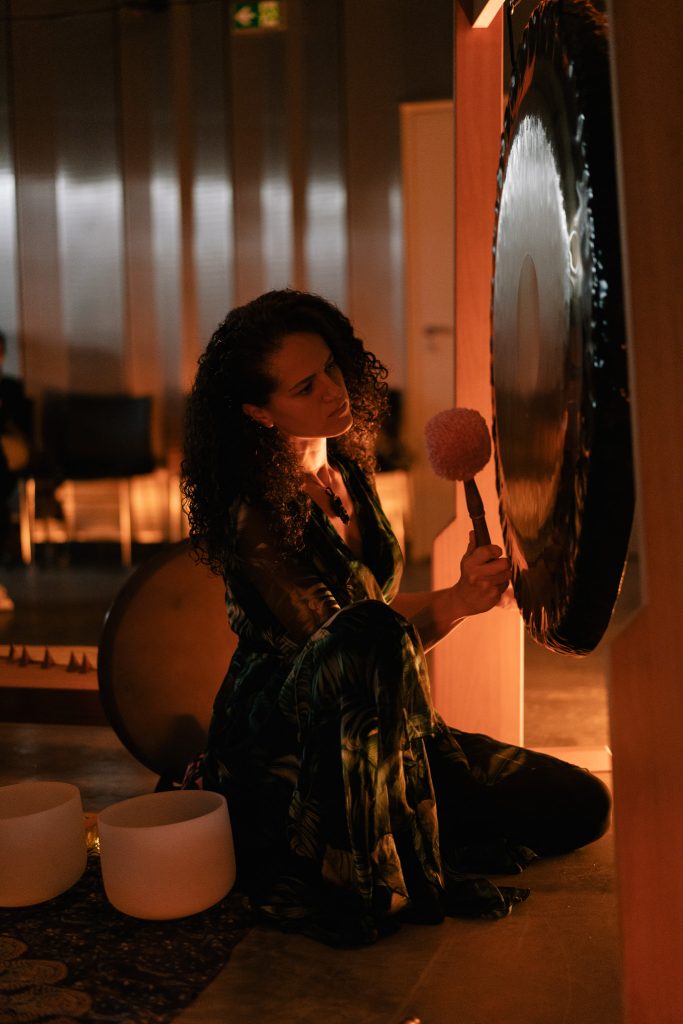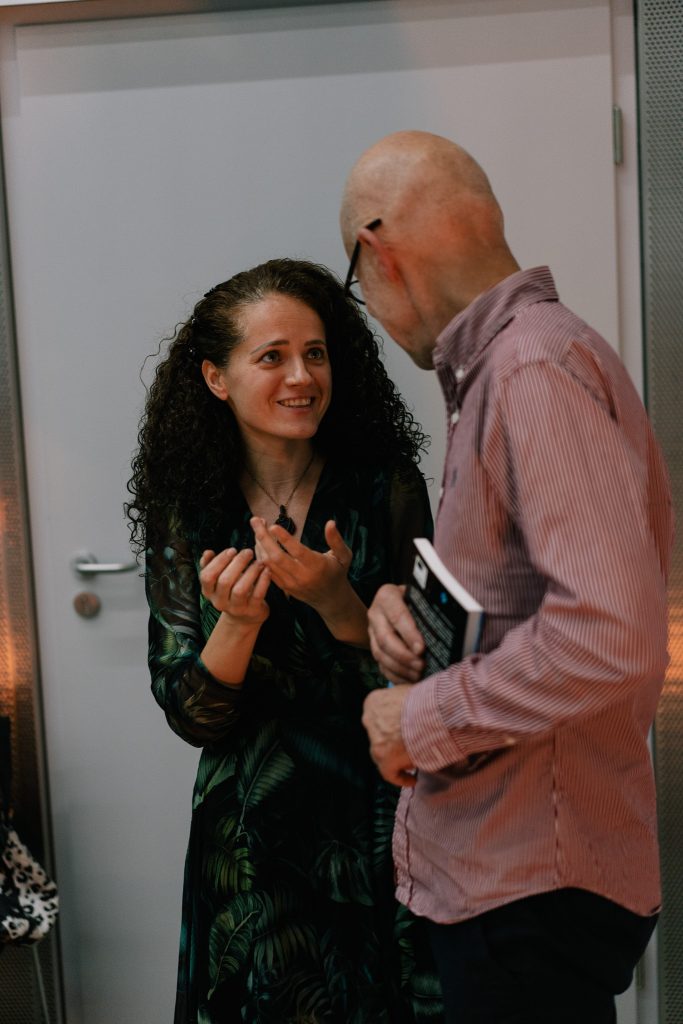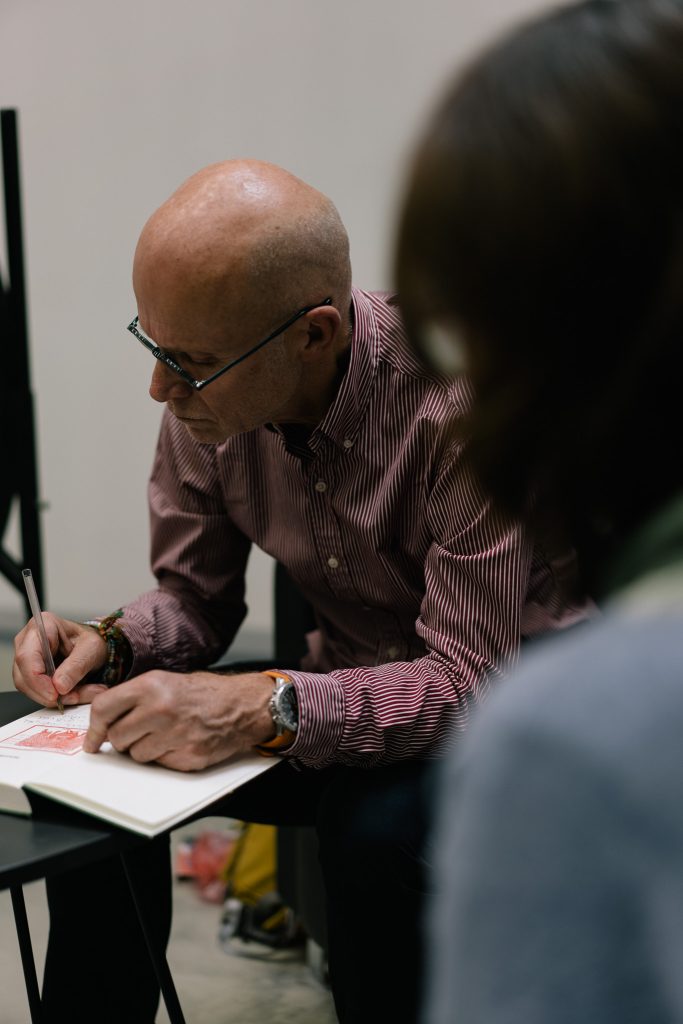Jacek Hugo-Bader is the author of numerous press reports and reportage books concerning the countries of the former Soviet Union: “Dzienniki Kołymskie” (“The Kolyma Tales”), “Biała Gorączka” (“White Heat”), “W Rajskiej Dolinie Wśród Zielska” (“In the Paradise Valley among the Weeds”). “The East is my place. This is my territory, I know the language, this is where I search for topics — said the reporter. — Unfortunately, Russia gave me a great deal of trouble with the war in Ukraine — said Hugo-Bader, who is personally involved in helping Ukraine, creates a fund and buys cars for the needs of the Ukrainian army, and then delivers them to the place, while collecting material for his next books.
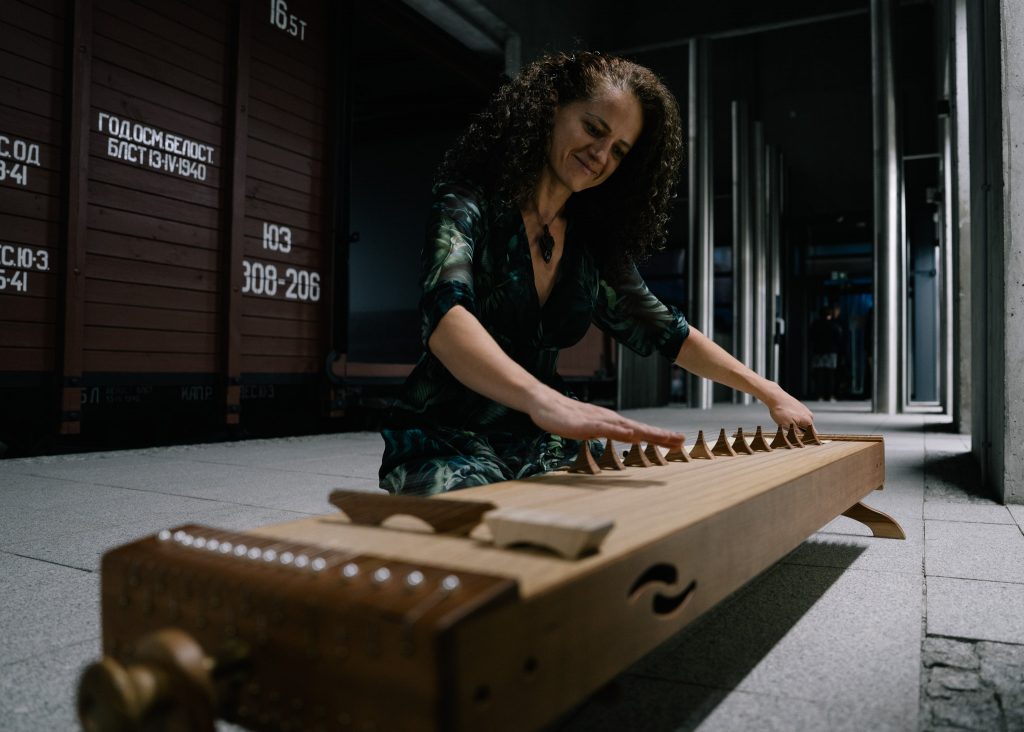



Director of the Sybir Memorial Museum, professor Wojciech Śleszyński greeting the guest and the audience reminded about the difference between Sybir and Siberia. — Tonight is dedicated to Siberia as a geographical area. Sybir is a broader concept, involving repression, transcending geography. — Yes! — said Jacek Hugo-Bader later — even when someone was in Vorkuta, which is in the pre-Ural part of Russia, he said that he was in Siberia — he quite rightly pointed out.
— There is Siberia and there are Sybiraks, that is what your museum is about — said Hugo-Bader. “And where I went, there are Sybiraks. Siberia is a place where cultures and religions are mixed. Native peoples believed in shamanism, then Buddhists came from the south. Later came Christianity. And today it all cross-pollinates. I spoke to a priest who boasted to me that he had a large choir in an Orthodox church. He had no problem with the fact that half of the singers were not even Christians. Among the Siberians there are members of the local peoples who speak Turkic languages, there are descendants of exiles. Oh, I was also in a village where descendants of Poles live, but not of exiles, but only of voluntary settlers. Near Irkutsk, where “under” means hundreds of kilometers there — he laughed. — Yes, it is Wierszyna – added Marcin Zwolski, PhD, who hosted the meeting.
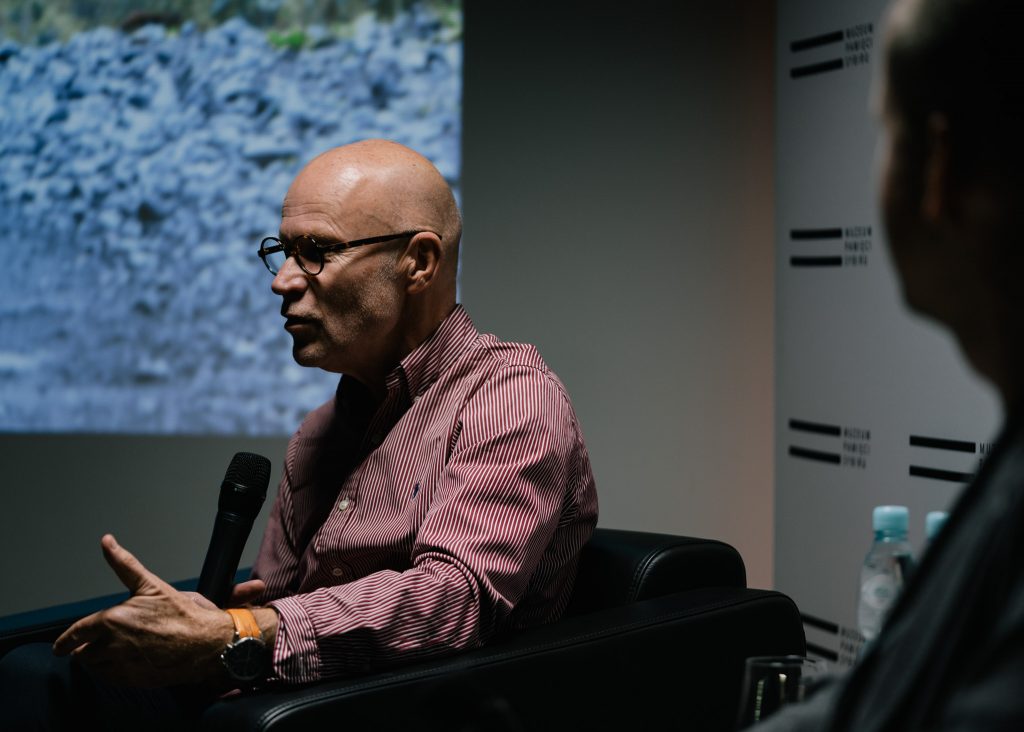

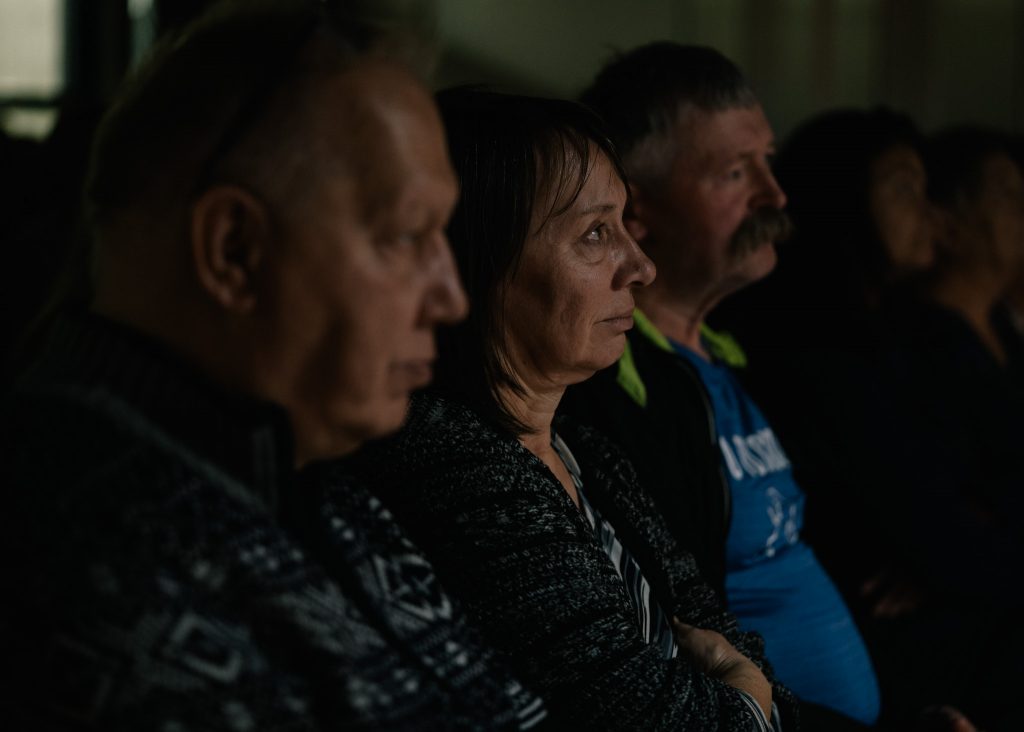
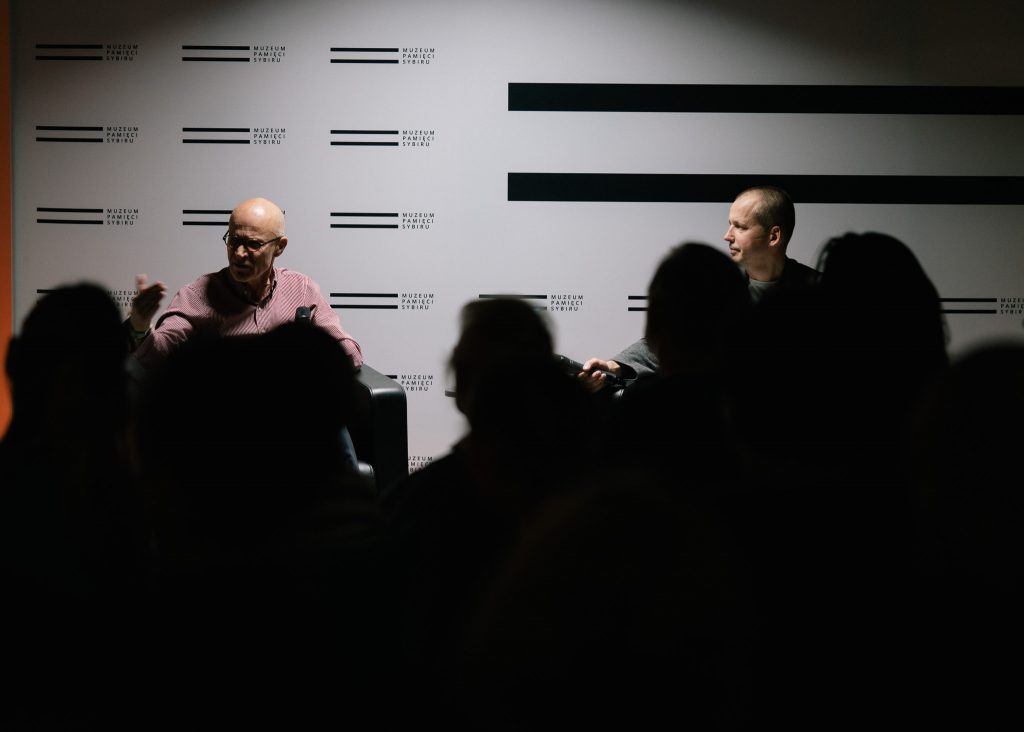
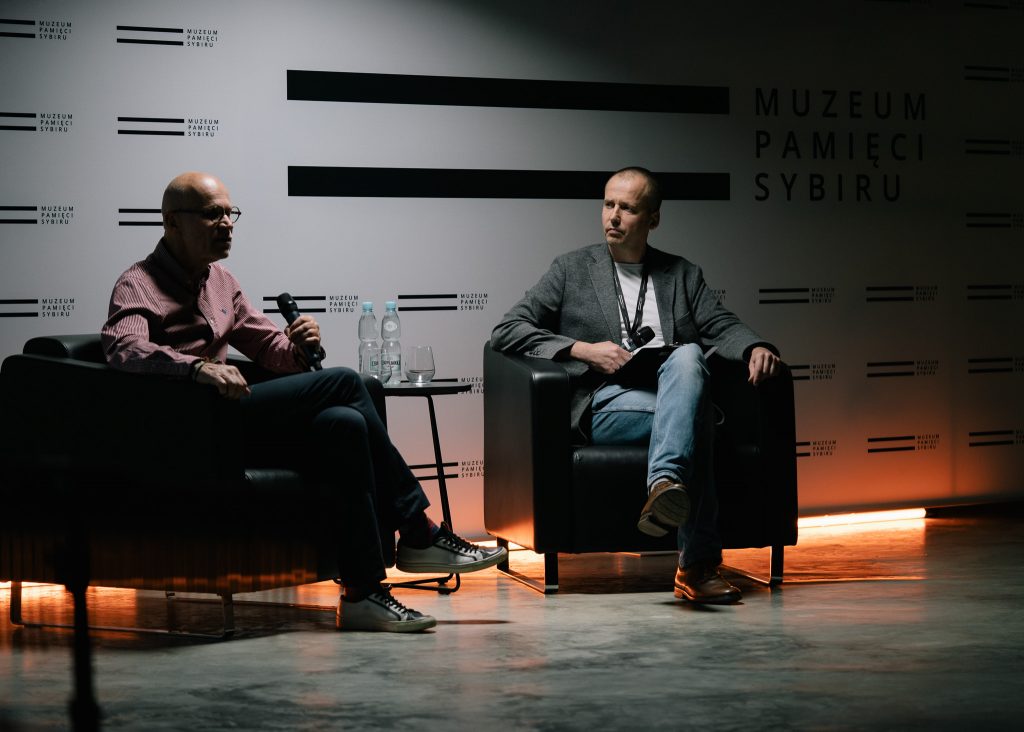
— The Soviets fought against all religions — said Jacek Hugo-Bader. The Orthodox church was mostly destroyed and it has been rising to the present day. Shamans were locked up in ‘psychushkas’ or physically eliminated. Today? Putin and Shoigu — the Minister of War, who is a Tuvan by origin — go to shamans! Putin does this before making any important decision — about raising the retirement age, signing an international treaty. How do I know that? I talked to people who had seen them there, served them. I went to the shaman that Putin and Shoigu usually visit. He was the only shaman who didn’t want to talk to me — Hugo-Bader reported.
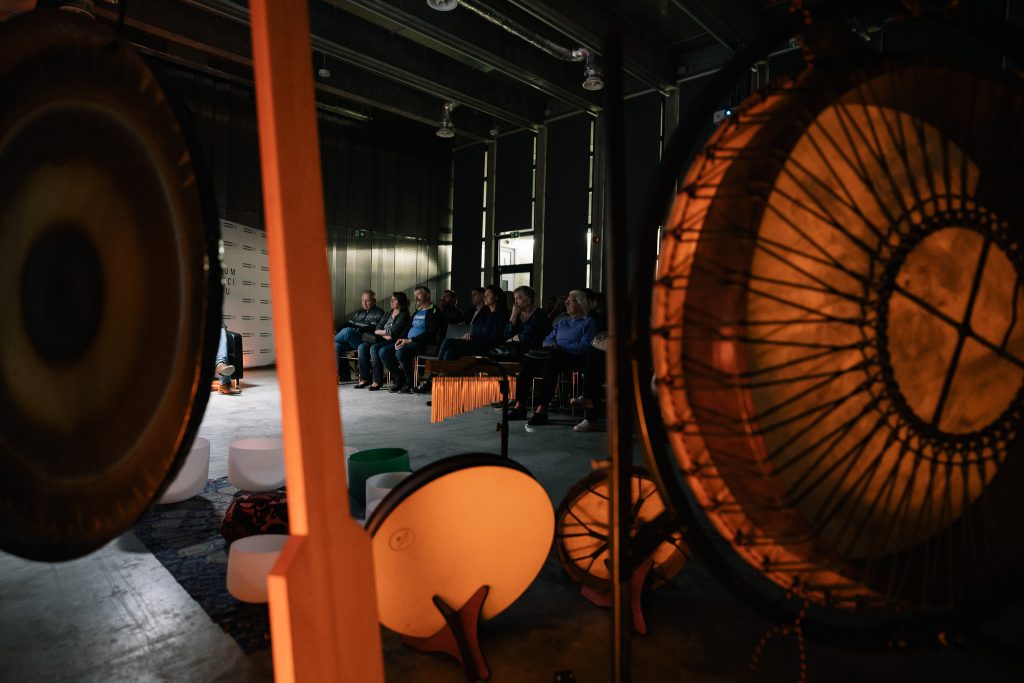

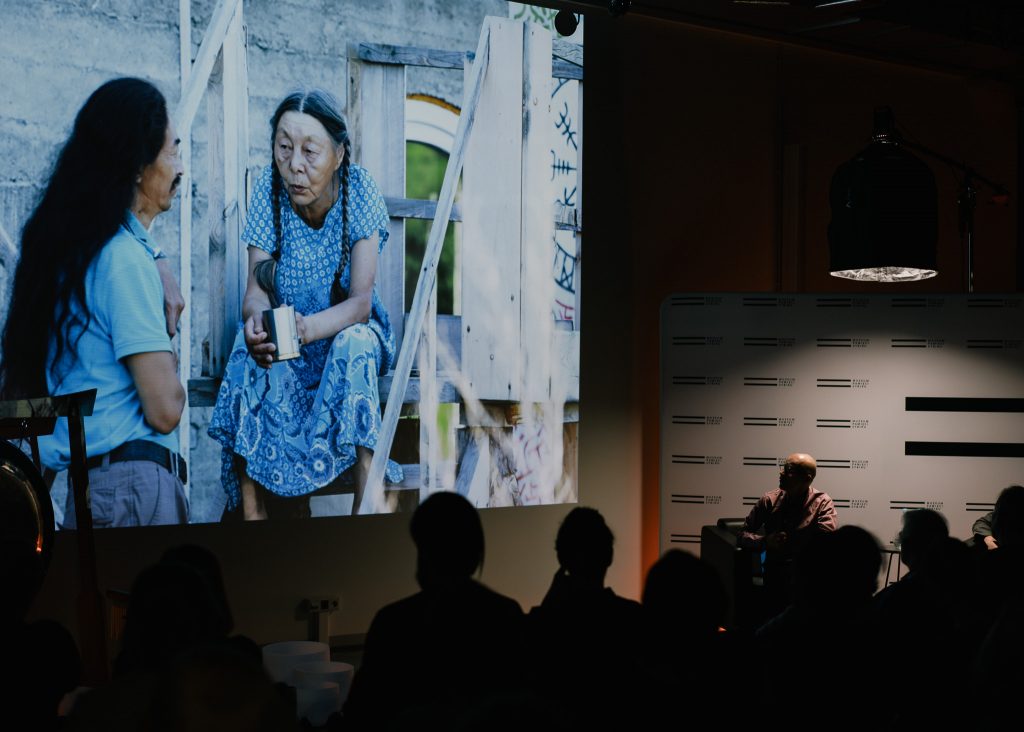

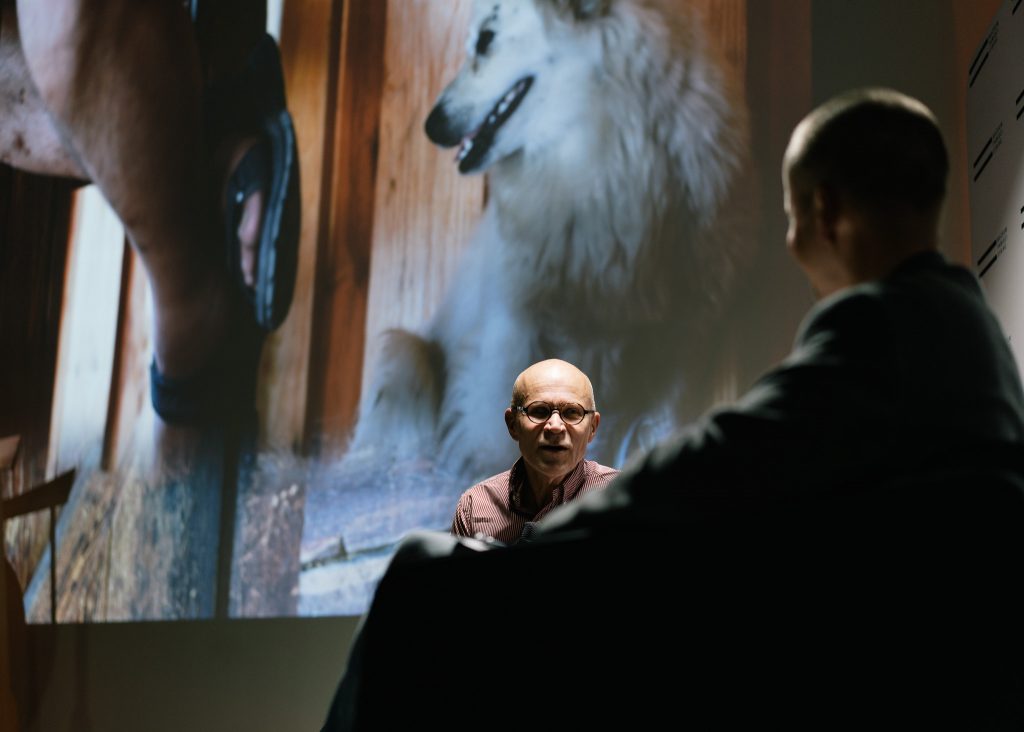
The reporter mentioned his first trip to Russia, which resulted in texts published in the volume entitled “Dzienniki Kołymskie” (“The Kolyma Tales”). — I was going to Vladivostok. I wanted to secure my freedom, so I bought a Russian rover. In addition, I decided to go in winter, because if you go through Siberia, then only in winter, right? — he addressed directly to the large and lively audience. — When I was already selling this car in Vladivostok, so that at least part of the costs would be reimbursed, the buyer would say: it is a miracle that they did not bit your head off on the way, that they did not steal your car. Yes, I witnessed a murder along the way, I saw road banditry. But what if my car had been stolen? I would have had another chapter for the book!
And the first meeting with shamanism? — It was during the trip to Vladivostok. I was in Krasnoyarsk, I heard something about shamans, I asked someone about it. “Yes, you have a shaman nearby, only 700 km away from here to Tuva,” he said. However, I was off my way… — said the guest. Then he talked about the shamans he met during the next expedition, their rituals and the differences between shamanism from Tuva and Yakutia.
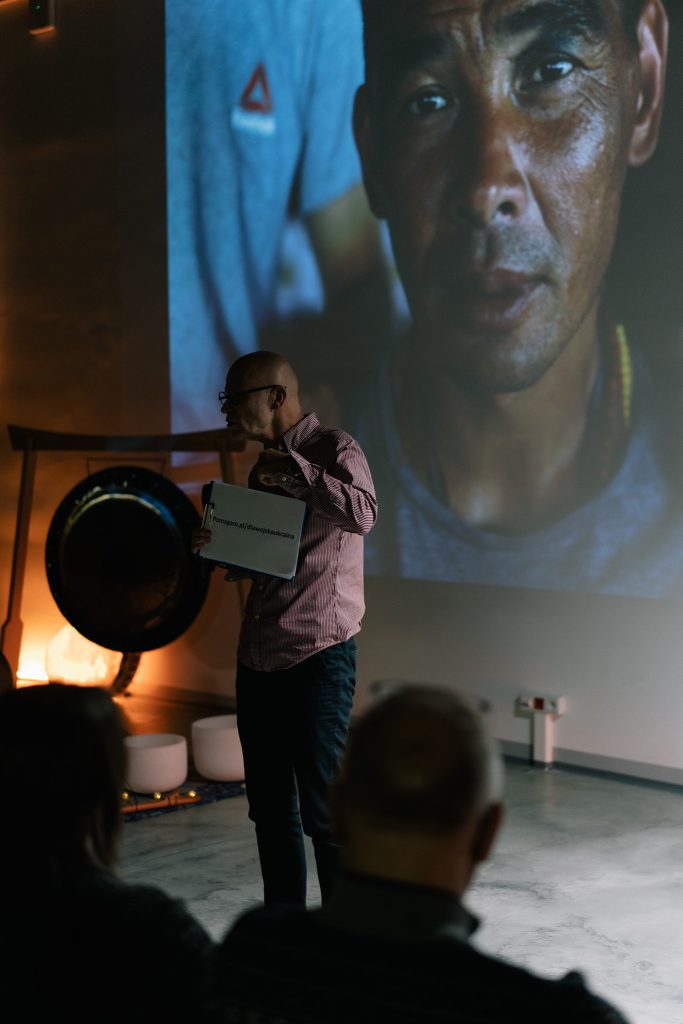

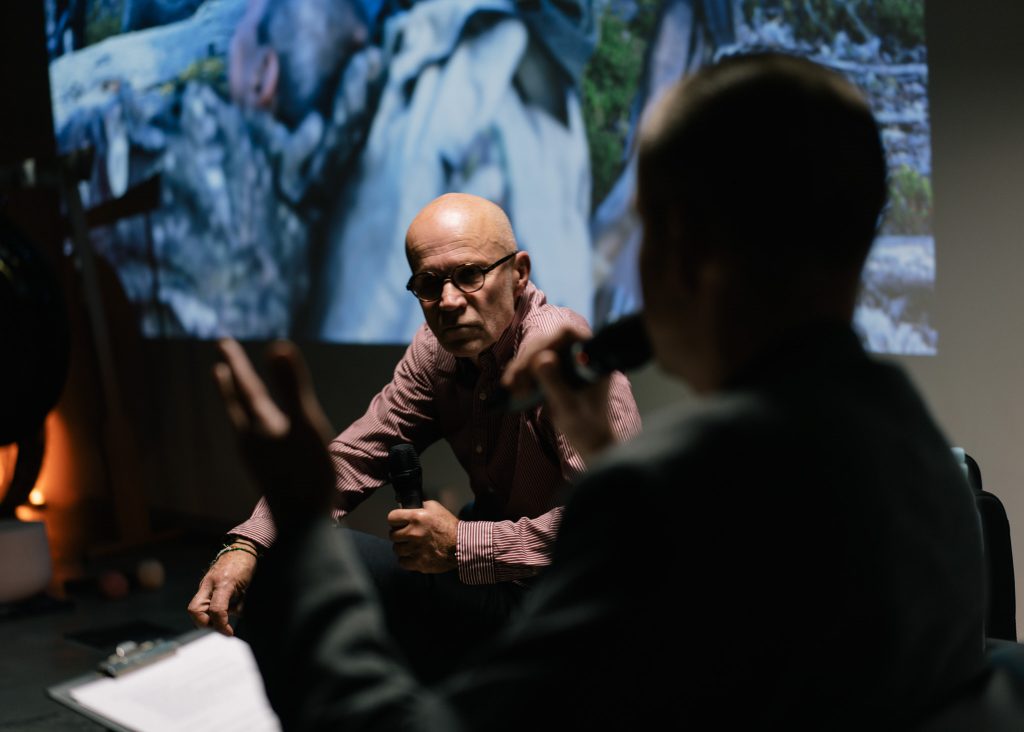
On the wall of the audiovisual room, photos from the reporter’s expedition following the shamanic subject were displayed all the time. From time to time, Jacek Hugo-Bader interrupted the story to refer to the picture that was being displayed: — Oh, it is the Golden Shaman, Hakaska. A Tuvan is next to her. Fortunately, they can only communicate in Russian, so I was able to join the conversation. Oh, and in this photo you can see that she entered a different state of consciousness — said the reporter. — The shamanic trance is the entrance to the world of spirits. Her soul escapes, and in its place comes another spirit with which the shaman cooperates. A shaman is a vessel for another spirit, he explained. “How do you see ghosts?” I described this ritual in my book, about the shaman splashing milk and vodka over the fire. And I wrote about ghosts, but I made them up, I did not see them! And once, after writing this, I talk to the shaman and ask him, what is it like: do you really see them? And the shaman says: oh, stupid, you described it. If you want to see ghosts, you just have to imagine them!
“Not every shaman is a doctor, although they are expected to heal,” said Hugo-Bader. “Non-shamanists and irreligious people come to them often.
— What if a shaman is unable to help? — the host of the meeting asked doubtfully. — If he fails, there is no man, simply! — replied the reporter. — I spoke with those whom the shaman had helped. For example, a woman in the fourth stage of cancer. I look for such stories and write them down. I talk to people who tell me their own stories, and I pass them on to you. Why shouldn’t I believe them? And this woman? The shaman sensed a weak man in her. Because she had already heard from four doctors that she was going to die. They had given her a deadline. And the shaman began by setting her down in front of him and saying, “You will be well.” He awakened faith in her, drew power from her, the woman immediately straightened up. She could not even pay the shaman, because she had lost her job, people had left her, her life had fallen apart. And a year later she had a surgery — because he pointed to her a specific hospital where they would help her — and she came to the shaman with thanks. Because faith works miracles, and we cannot use the power of our brain — said Jacek Hugo-Bader with commitment.
— I talked to a professor who studied shamans. A Soviet man, a non-believer, said that these rites, ghosts were stupid. But when she connected the shaman and his patient to the encephalograph, she noticed that their waves became similar, eventually they became identical. That is what drums do, among other things. The drum helps the shaman, spirits and the person coming for help to get their harmonies right — the reporter referred to the title of the meeting.
Katherine Pearl’s performance ended an interesting conversation with the reporter full of spirit and telling many stories. With the help of numerous instruments — including gongs and drums — and singing, she set the mood in line with the theme of the meeting. The audience did not leave our audiovisual room to late evening — many of the guests were waiting for the opportunity to get an autograph from Jacek Hugo-Bader.

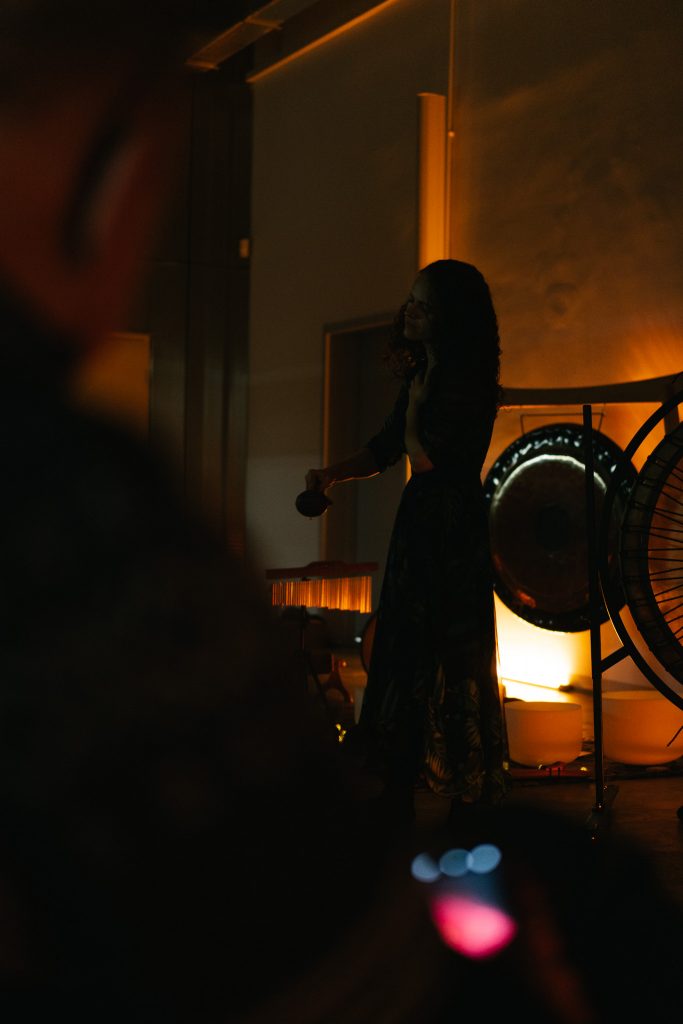
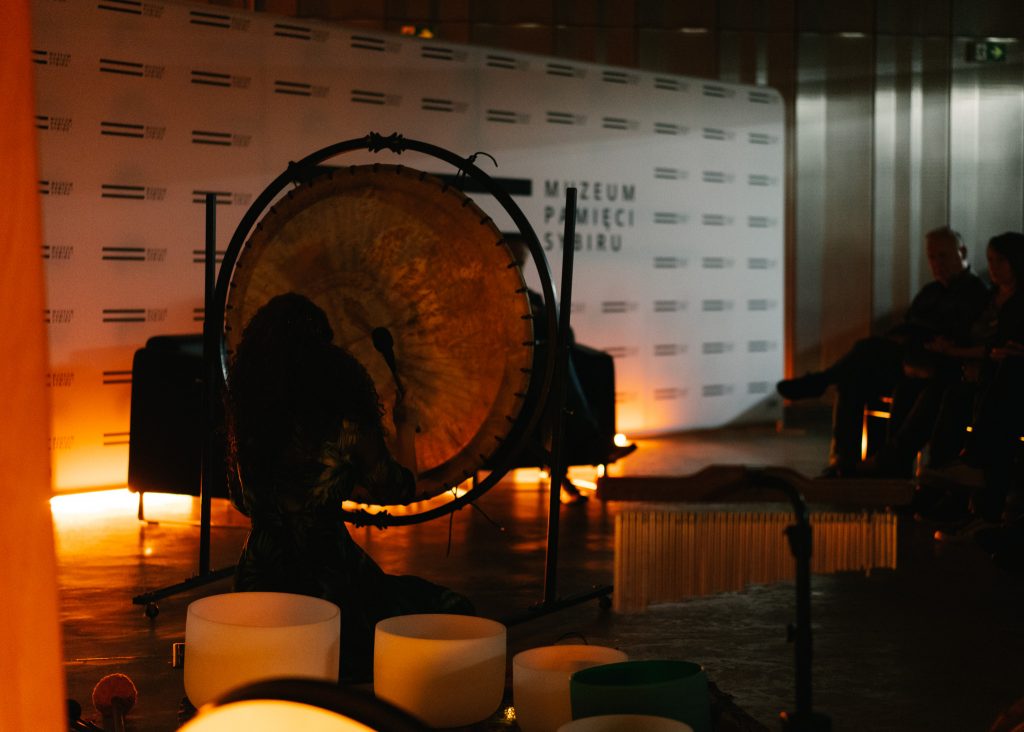
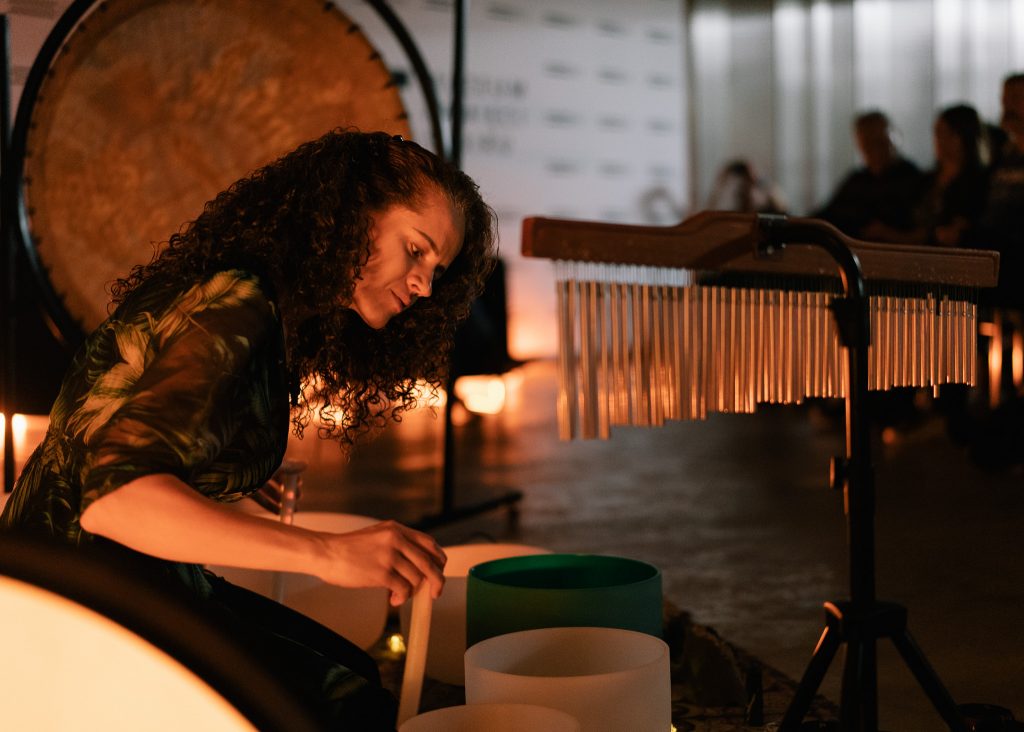
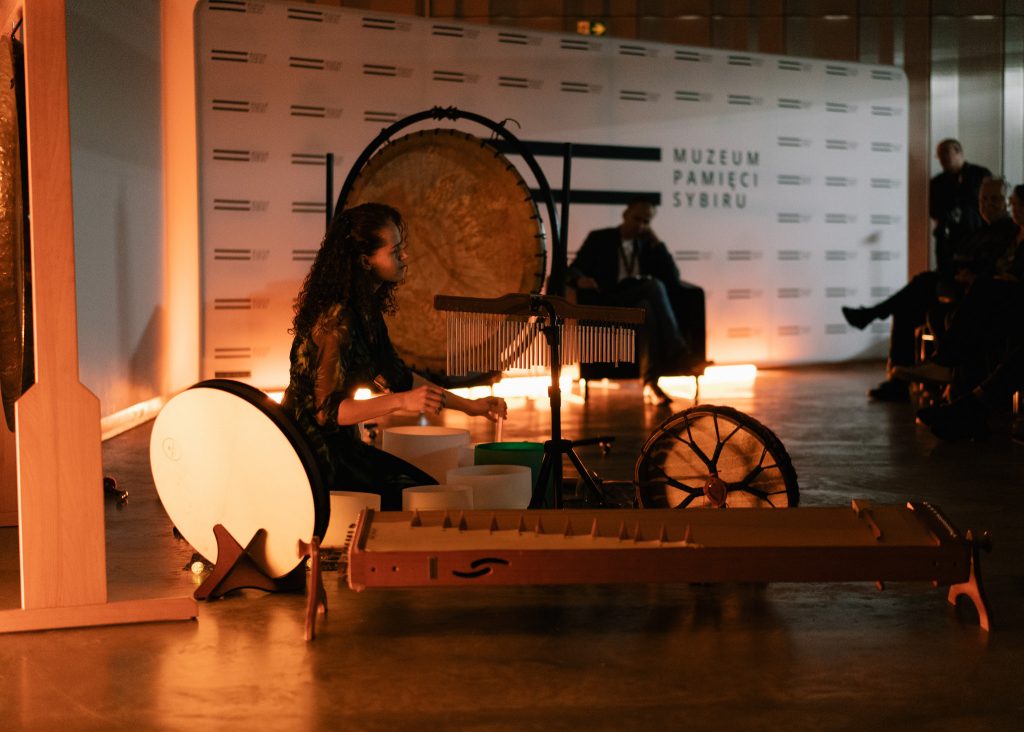
The meeting with the author of “Szamańska Choroba” (“Shamanic Disease”) inaugurated a new series of meetings at the Sybir Memorial Museum. We will host travelers, authors of publications about their expeditions to Siberia. The next one, under the slogan “Enchanted Baikal”, in November — the main character will be Piotr Malczewski, author of the book “Baikal. Tales of the Sacred Sea”. We invite you to follow our website and social media, where we will post all information on an ongoing basis.
